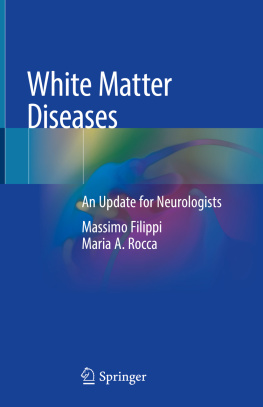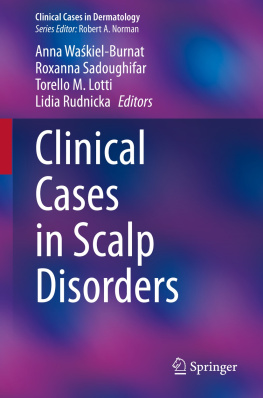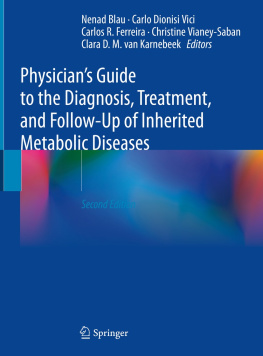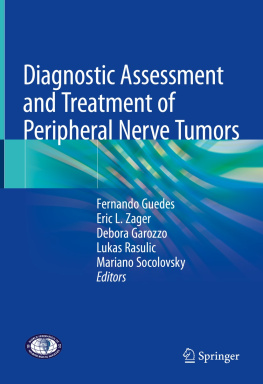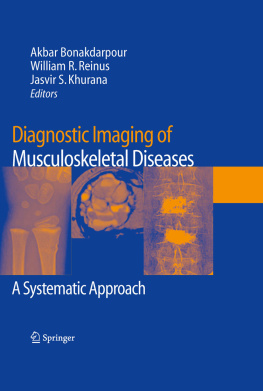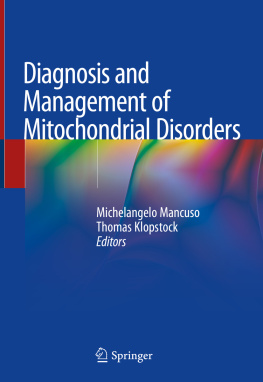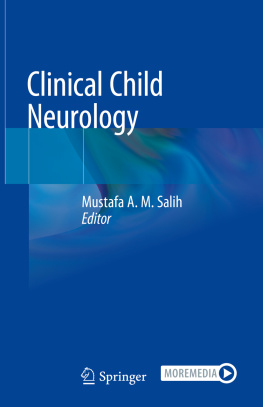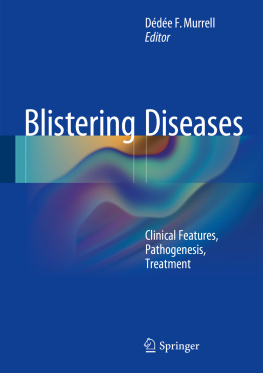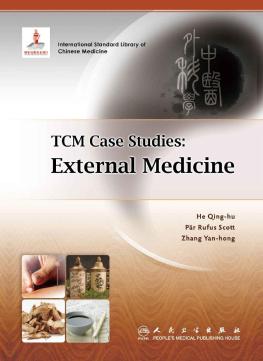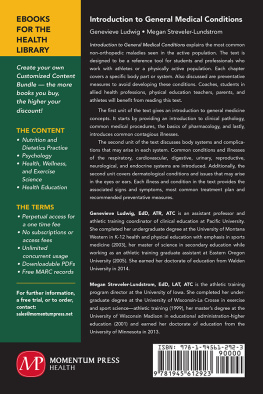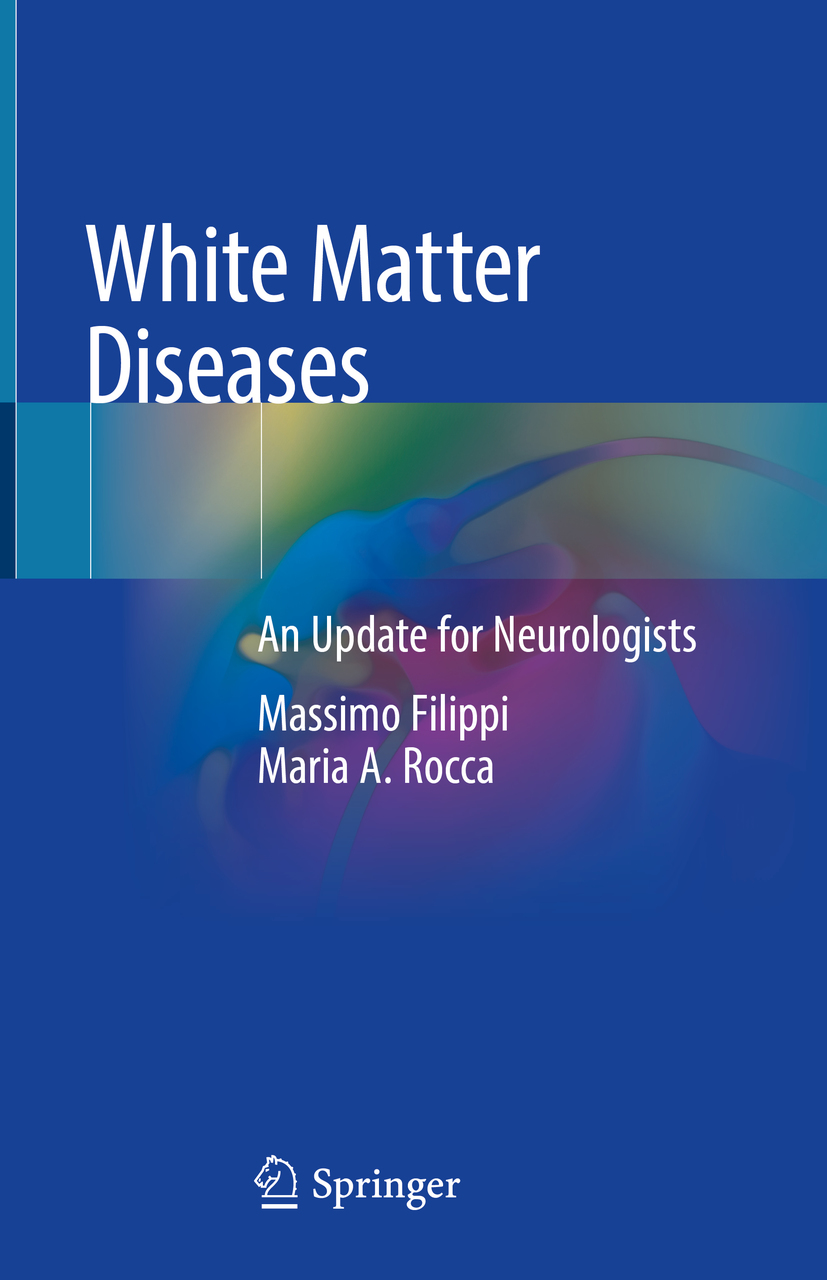Massimo Filippi
Neurology Unit, IRCCS San Raffaele Scientific Institute, Milano, Italy
Neuroimaging Research Unit, IRCCS San Raffaele Scientific Institute, Milano, Italy
Neurophysiology Unit, IRCCS San Raffaele Scientific Institute, Milano, Italy
Vita-Salute San Raffaele University, Milano, Italy
Maria A. Rocca
Neuroimaging Research Unit, IRCCS San Raffaele Scientific Institute, Milano, Italy
ISBN 978-3-030-38620-7 e-ISBN 978-3-030-38621-4
https://doi.org/10.1007/978-3-030-38621-4
Springer Nature Switzerland AG 2020
This work is subject to copyright. All rights are reserved by the Publisher, whether the whole or part of the material is concerned, specifically the rights of translation, reprinting, reuse of illustrations, recitation, broadcasting, reproduction on microfilms or in any other physical way, and transmission or information storage and retrieval, electronic adaptation, computer software, or by similar or dissimilar methodology now known or hereafter developed.
The use of general descriptive names, registered names, trademarks, service marks, etc. in this publication does not imply, even in the absence of a specific statement, that such names are exempt from the relevant protective laws and regulations and therefore free for general use.
The publisher, the authors, and the editors are safe to assume that the advice and information in this book are believed to be true and accurate at the date of publication. Neither the publisher nor the authors or the editors give a warranty, expressed or implied, with respect to the material contained herein or for any errors or omissions that may have been made. The publisher remains neutral with regard to jurisdictional claims in published maps and institutional affiliations.
This Springer imprint is published by the registered company Springer Nature Switzerland AG
The registered company address is: Gewerbestrasse 11, 6330 Cham, Switzerland
Acknowledgements
The authors take this opportunity to gratefully acknowledge the major contribution given by Paolo Preziosa, Raffaello Bonacchi, Laura Cacciaguerra, and Roberta Messina in discussing and revising the content of this book from their diverse perspectives and expertise. Specifically, Dr. Paolo Preziosa contributed to writing Chapters 1, 6 and 7; Dr. Raffaello Bonacchi contributed to Chapters 2 and 7; Dr. Laura Cacciaguerra contributed to Chapters 3, 4 and 5 and Dr. Roberta Messina contributed to Chapter 8.
Introduction
Many neurological conditions affecting young individuals are characterized by the presence of lesions in the white matter (WM) of the central nervous system (CNS). These lesions also occur with aging. The diagnostic workup of neurological diseases characterized by the presence of WM lesions has changed dramatically over the past few years. This is mainly due, on the one hand, to the discovery of specific pathogenetic factors in some of these diseases (e.g., antibodies anti-aquaporin 4 channel in patients with neuromyelitis optica spectrum disorders), on the other, to the optimized use of diagnostic tools, including magnetic resonance imaging (MRI). In this perspective, the increased application of MRI-based technologies has resulted in an improved detection of WM lesions and in the identification of features which can be useful in the differential diagnosis of patients presenting with these abnormalities. Combined with the results of other paraclinical tools (e.g., blood and cerebrospinal fluid analysis), this has led to a significant modification of diagnostic approaches and algorithms in these conditions. Changes have also involved the therapeutic scenario of these WM diseases, where novel drugs have become available and new therapeutic targets for future trials have been identified.
The aim of this book is to provide an up-to-date description of the epidemiology, etiopathogenesis, clinical manifestations, diagnostic procedures, and treatment approaches of the main acquired WM disorders of the CNS in young adults, with a peculiar focus on multiple sclerosis (MS) and other conditions that can mimic MS for type of presentation, patterns of manifestations, and paraclinical findings. By integrating neurological, laboratory, and imaging concepts with the demands of accurate diagnosis, this reference book wishes to provide a state-of-the-art summary of current knowledge in these conditions as well as practical guidelines for their diagnosis and treatment.
The first two chapters of the book discuss MS in adult and pediatric patients. The diagnosis of MS has changed significantly during the past 15 years, following the formal inclusion of MRI findings into the diagnostic criteria of this condition. New pathogenetic mechanisms have been identified, which could become target of treatments. An updated classification of disease clinical course has been proposed. Probably most importantly, many treatments, with different mechanisms of action, have become available.
The third and fourth chapters are focused on neuromyelitis optica spectrum disorders and anti-myelin oligodendrocyte glycoprotein disease, two recently recognized antibody-mediated conditions for which ad hoc diagnostic criteria have been proposed. Clinical, laboratory, and MRI findings that can guide in the recognition of these diseases are presented. Currently applied treatment strategies are also debated.
Acute disseminated encephalomyelitis, a usually monophasic and self-limiting condition, mostly affecting children, is the subject of the fifth chapter.
The subsequent two chapters examine primary and secondary vasculitides of the CNS, an extremely complex group of neurological conditions in which the CNS can be the primary or secondary target organ. Given that the clinical manifestations of these conditions are often nonspecific and extremely heterogeneous, their diagnosis is challenging. The workup of these diseases relies on the integration of laboratory tests, neuroimaging studies, and tissue biopsies in order to achieve a prompt and accurate diagnosis and start treatment.
The last chapter considers migraine, an extremely frequent condition in which the improved understanding of disease pathophysiology has led to the development of novel migraine-specific and mechanism-based treatments.
Our hope is that this volume is appreciated as a comprehensive source of information and also provides an educational framework for trainees and a reference for practicing neurologists and radiologists seeking direct and authoritative answers to questions. We hope that readers will find this issue of practical relevance and a stimulus to more in-depth reading and investigation in this field.

